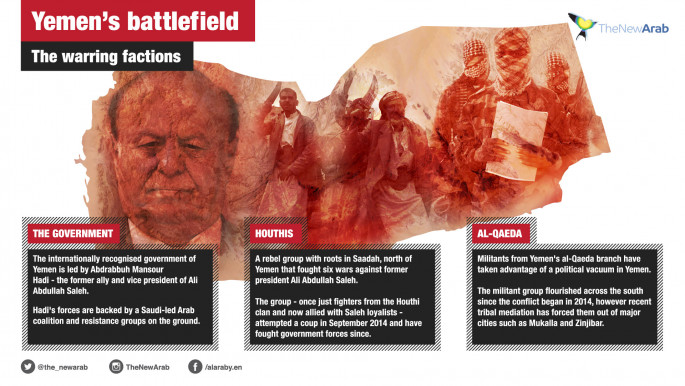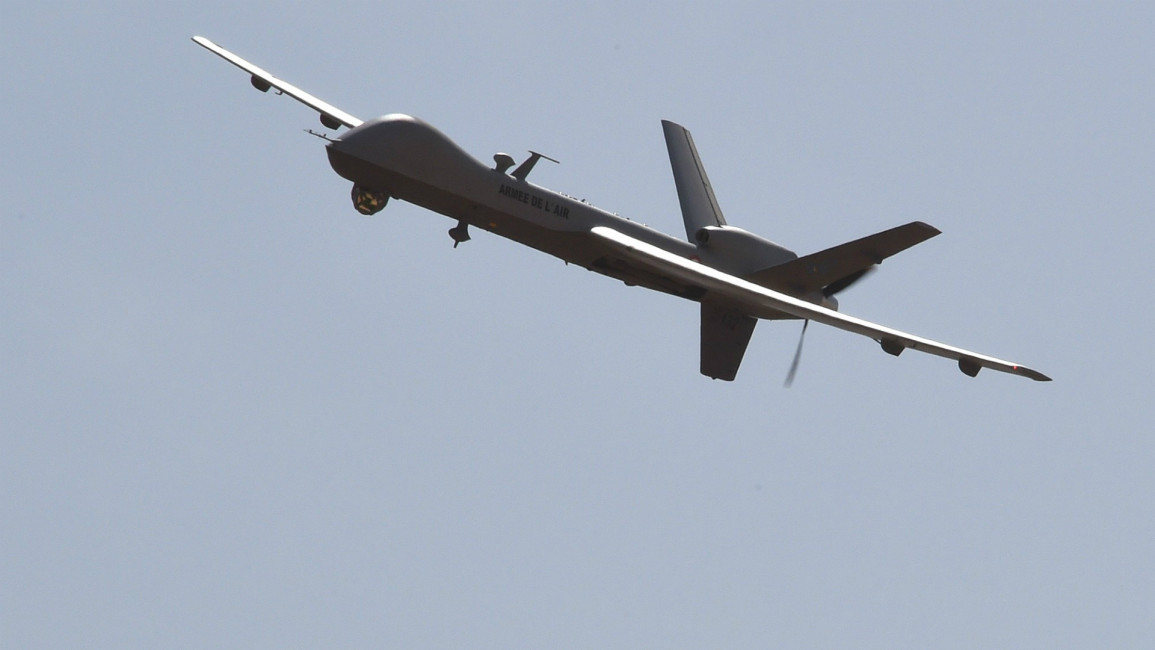Yemen-AQAP: Record number of US drone strikes this year
The first strike took place on 6 October killing two members of the group, with a second occurring on 18 October and killing six. Both attacks occurred in Shabwah Governorate.
Speaking about the attacks a spokesman for US Central Command said that they were intended to deny al-Qaeda a “haven” in Yemen “from which to plan future attacks”.
According to data compiled by The Long War Journal the US has carried out airstrikes against targets in Yemen at least 30 times already in 2016, an increase from 23 strikes in both 2014 and 2015.
Al-Qaeda in the Arabian Peninsula (AQAP) controls certain rural areas of central and southern Yemen despite drone attacks and a United Arab Emirates-led ground offensive that began in March and has seen the group kicked out of a number of cities.
Political instability in Yemen as a result of the country’s civil war has enabled AQAP to gain in strength, develop training camps, and also carry out international attacks.
The 2015 Paris attack on the offices of satirical French magazine Charlie Hebdo, in which 12 people were killed, was claimed by the group. 
US drone strikes in Yemen are approved by the exiled government of Abed Rabbo Mansour Hadi. Forces loyal to Hadi, who is backed by Saudi Arabia, are fighting against the Houthis, who are backed by Iran and support former president Ali Abdullah Saleh, in Yemen’s civil war.
A UN-backed three day ceasefire came into place in Yemen on Wednesday night and is set to end on Saturday at midnight local time. It was negotiated following a deadly Saudi-led coalition airstrike on a funeral attended by Houthi officials on October 8 that left over 130 dead and caused widespread condemnation.
Speaking on Friday the UN’s Special Envoy to Yemen Ismail Ould Cheikh Ahmed said that the ceasefire was “fragile, but largely holding.”
However, both sides in the conflict have spent the last three days trading accusations over violations of the deal which has seen airstrikes on Sanaa stop, but not really quelled fighting between forces on the ground.
According to the UN in Yemen’s now 19 month war 10,000 people have been killed, and over three million people displaced, while 60 percent of all civilian deaths have been attributed to coalition airstrikes.
In addition to carrying out airstrikes against al-Qaeda in Yemen on October 13 the US targeted three Houthi radar sites in the country in retaliatory attacks after missiles from Houthi controlled areas targeted a US naval vessel in the Red Sea.
Speaking at the time Pentagon Press Secretary Peter Cook said that the “limited self-defence strikes” were conducted to protect US personnel, ships and “our freedom of navigation in this important maritime passageway,” a reference to the Bab al-Mandeb straight, an important shipping channel.



